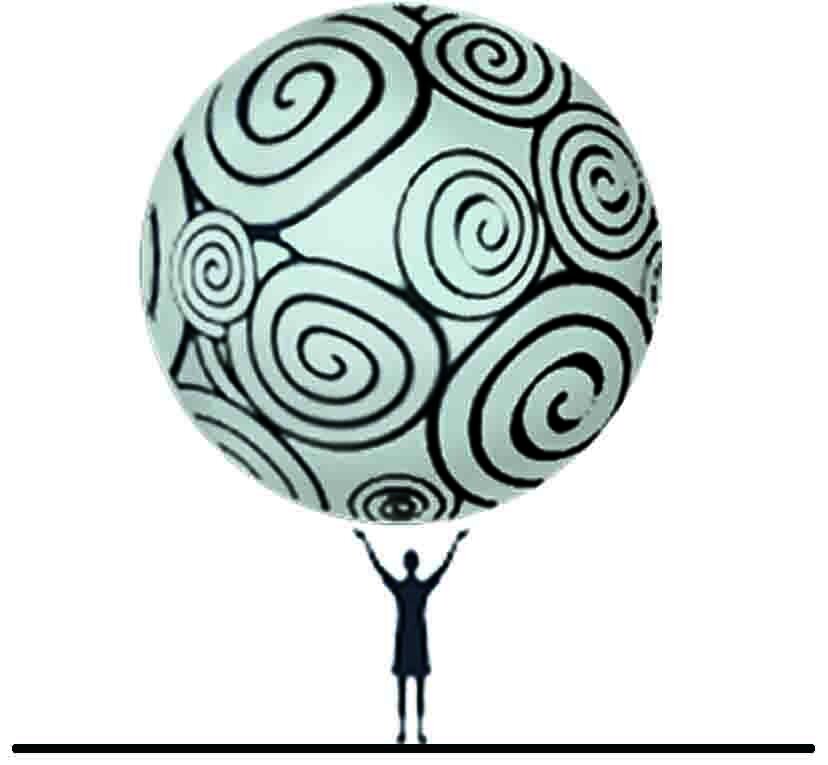Using blog categories and tags properly will go a long way towards helping the search engines find you and your content, and they will help viewers find what they need once they get to your website, via a search box (consider adding one if you don't have one).
What's the difference between Categories and Tags?
Think of categories like drawers in a filing cabinet, and the tags as the file folders in the drawers.
- Categories are broader, like entree, dessert, breakfast, lunch, dinner, snack(type of meal). They are topics you address on your blog.
- They are the table of contents for your blog. Do as few categories as possible so it doesn't get unwieldy.
- Tags are more specific like chicken, beef, cream, potatoes, butter (the actual food itself). They are specific and address items you discuss in your blog post. Use one or two words only. They should reflect the keywords or points of your article. Tags are your blogs index (categories are the table of contents). Use as many tags as make sense, although less is more when possible.
- Then use them consistently and train anyone you have helping you to use them the same ways you do.
Tips for SEO (Search Engine Optimization) for blogs:
- Do not duplicate tags and categories. This applies to synonyms also (Google understands similar phrases and will consider them duplicate content - bad). This is essential.
- Be consistent so tags and categories don't get out of control. A well-organized blog actually adds to the usability of the site and makes it easier for your visitors to quickly find what they're looking for.
- Minimize "link bleeding." Each page starts with 100% of link value, that value is divided up between the links on the page. Minimize links to worthless pages like Contact page, About page.
- Use widgets judiciously, they can dilute link values.
- The best links are links to relevant content.
- The category and tag links listed at the top or bottom of the post will help increase relevancy of the post (better ranking). If you are doing well you will see your category and tag pages/posts doing better than other pages on the site.
- Pages that change content often (like a blog) are good. They provoke the search engines to crawl them more often.
- Tags and categories can have multiple pages with tons of content within them. It's a good thing.






